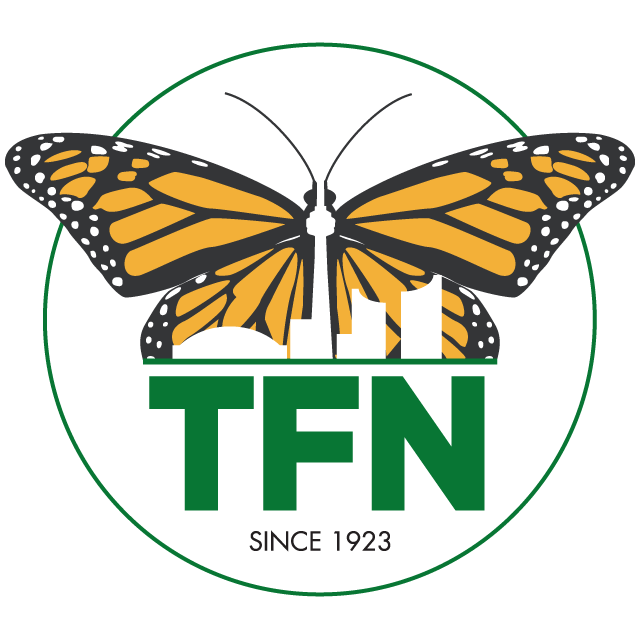by Jason Ramsay-Brown
TFN recently joined FLAP Canada and conservation groups from around the world in the Global Bird Rescue (GBR), September 30 to October 6. Bird-building collisions are the third leading human-related cause of bird death in North America, following predation by feral cats (#1) and free-roaming domestic cats (#2). According to FLAP, collisions are estimated to account for over one billion bird deaths each year.
During the week GBR participants searched the grounds of nearby buildings for dead or injured birds. Participation is a bit unusual in the citizen science realm in that a “good day” is one on which you have no data to show for your efforts. So, I’m happy to report that TFN’s GBR Team enjoyed a week of good days!
When a bird is discovered, however, two actions should result. First, obviously, injured birds should be brought to the attention of local wildlife rehabilitators like the Toronto Wildlife Centre. Next, all discoveries should be logged in the Global Bird Collision Mapper app, a web-based tool for tracking bird-building collisions across the globe.
The Global Bird Collision Mapper app lets users report the location, status, and species of any birds they discover. Pictures can be added as well to help with verification later on. Collisions are posted to an interactive GIS map, allowing them to be efficiently visualized and used for research purposes.
Using the app is relatively straightforward. Registration is required. Once you’re logged in you simply “Report a Collision” and then complete the form provided by entering species, bird status, date of collision, and location. Locations are expressed by latitude and longitude, so accessing the app from a mobile device is preferable as your device’s geolocation feature greatly expedites this. Of course, you can always find your coordinates with a dedicated GPS unit and enter the data later from a desktop computer, if that is your preference. The Global Bird Collision Mapper also provides an on-screen map that can be scrolled and zoomed, allowing you to choose the location manually. Many will find this less intuitive and more time consuming, however. A complete manual is available for folks who want more detailed, step-by-step instructions.
Use of the Global Bird Collision Mapper is not limited to the Global Bird Rescue event and may be used at any time of year. As it is a web-based app it should be compatible with most devices but will consume data service when used real-time in the field.

